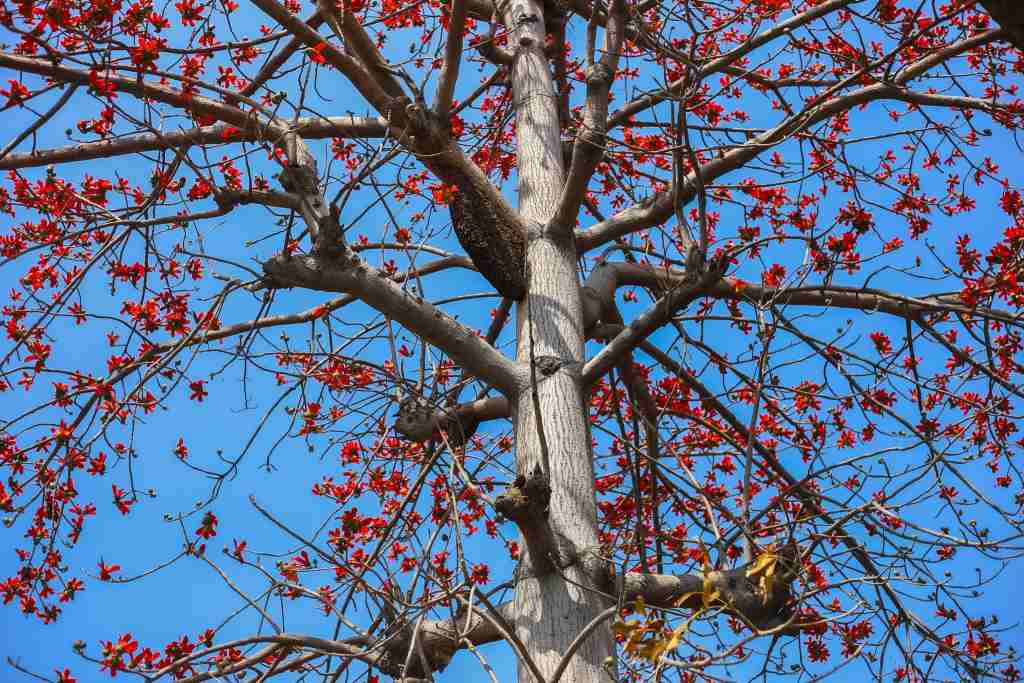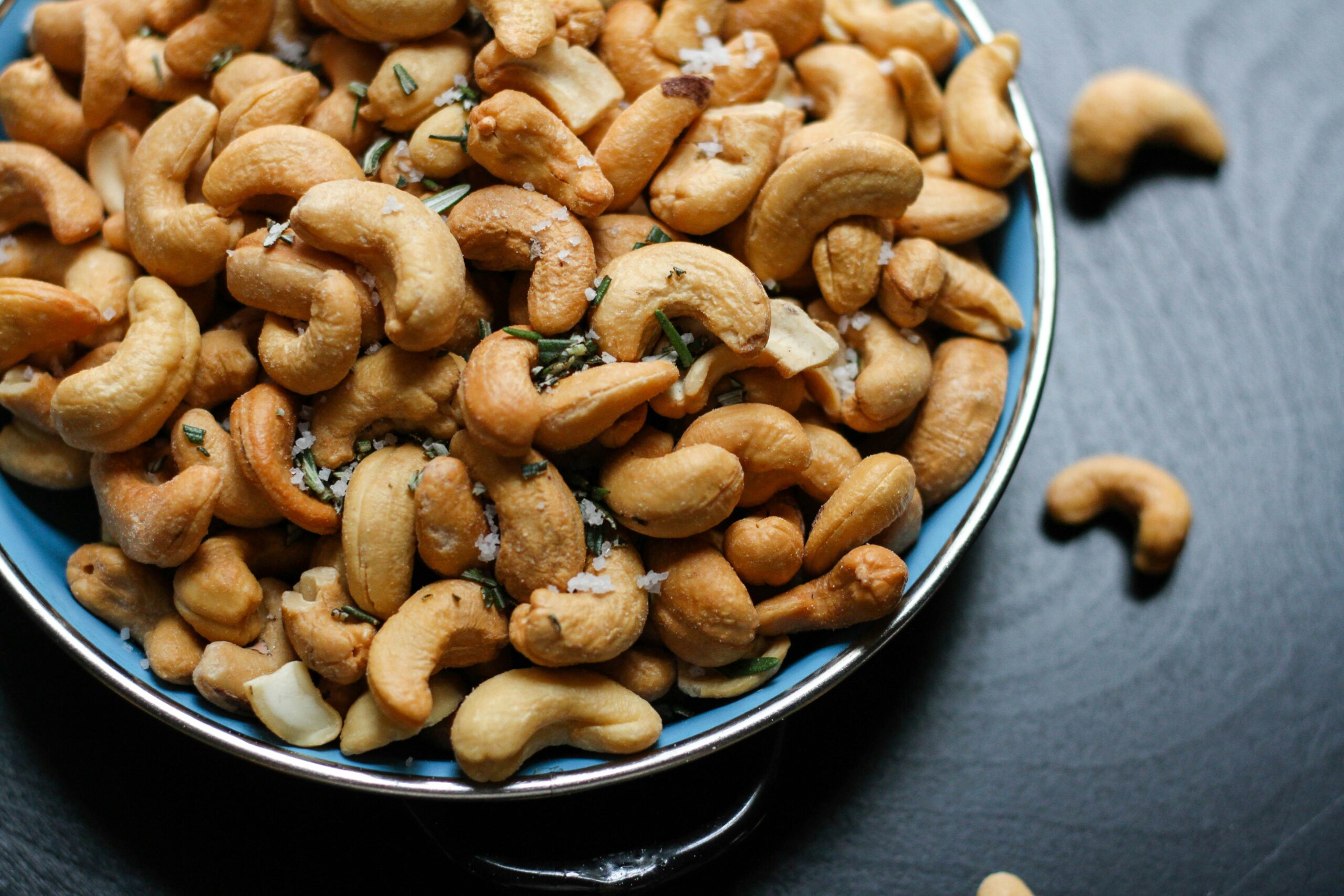Think of tree pruning like giving your trees a haircut. Just like your hair needs regular trims to stay healthy and stylish, your trees need consistent pruning to grow strong, stay safe, and look great. But it’s not just about appearances — proper pruning improves your tree’s structure, boosts fruit production, prevents disease, and keeps your property safe.
What is Tree Pruning?
Tree pruning involves selectively removing branches, twigs, or roots to enhance the tree’s health, structure, and aesthetics. It’s not the same as random trimming — pruning is a strategic process that follows horticultural science and arboricultural standards.
Why Tree Pruning is Essential
1. Health Maintenance
Pruning removes dead, diseased, or insect-infested branches, stopping decay and infection from spreading to the rest of the tree.
2. Growth Direction
By removing unruly or crossing branches, pruning directs healthy growth and helps maintain the desired shape.
3. Safety First
Overhanging limbs near roofs, driveways, or power lines can be dangerous. Pruning keeps your home and family safe.
4. More Sunlight & Airflow
Pruning opens up the canopy, allowing more sunlight and airflow, which reduces fungal infections and promotes lush growth below.
Different Types of Tree Pruning
1. Crown Thinning
Removes selective branches to reduce the tree’s density without changing its overall shape — improves light penetration and air circulation.
2. Crown Raising
Lifts the tree’s canopy by trimming lower limbs, allowing better clearance for buildings, vehicles, and pedestrians.
3. Crown Reduction
Reduces the height or spread of a tree for size control or to avoid utility lines — done carefully to preserve the tree’s health.
4. Deadwooding
Removes dead, dying, or diseased branches — vital for safety and overall tree health.
5. Structural Pruning
Done mainly on young trees to guide strong, balanced branch structure for long-term stability.
When is the Best Time to Prune Trees?
Timing matters — here’s a seasonal breakdown:
-
Winter (Dormant Pruning): Best time for most trees. Less stress, and you can clearly see the structure.
-
Spring: Ideal for flowering trees after bloom, but avoid heavy pruning.
-
Summer: Great for corrective pruning or slowing growth.
-
Fall: Not recommended; trees are preparing for dormancy and wounds heal slower.
Tools Needed for Tree Pruning
-
Hand Pruners: For small twigs and shoots
-
Loppers: For medium-sized branches
-
Pruning Saw: For thicker limbs
-
Pole Pruner: For higher branches
-
Chainsaw (with caution): For large jobs
-
Protective Gear: Gloves, helmet, goggles, safety harness
How to Prune a Tree Properly
1. Identify the Branches to Remove
Target dead, damaged, crossing, or diseased limbs. Avoid over-pruning — no more than 25% of the canopy.
2. Use the Right Cutting Technique
-
Cut just outside the branch collar (the swollen area where the branch meets the trunk).
-
Avoid flush cuts or stubs — these prevent healing.
3. Work in Sections
Start at the top and work your way down, pruning section by section to maintain balance and shape.
DIY vs. Professional Tree Pruning
DIY Pros:
-
Cheaper
-
Immediate results
DIY Cons:
-
Risky without experience
-
Can cause permanent damage to the tree
-
Ladders + saws = dangerous combo
Professional Pros:
-
Trained in tree biology and safety
-
Have the right tools and insurance
-
Can handle large or dangerous jobs
If your tree is large, near power lines, or diseased — hire an expert.
Benefits of Regular Tree Pruning
-
Enhances curb appeal
-
Encourages strong structure and longevity
-
Prevents storm damage
-
Reduces pest infestation
-
Increases fruit and flower yield
Common Tree Pruning Mistakes to Avoid
-
Topping the Tree: Chopping off the top leads to weak regrowth and disease.
-
Over-pruning: Weakens the tree, increases sunburn risk.
-
Improper cuts: Cause decay, disease entry, and slow healing.
-
Wrong timing: Can kill blooms or stress the tree unnecessarily.
Cost of Tree Pruning
The cost varies by size, species, accessibility, and condition:
-
Small trees: $100–$300
-
Medium trees: $300–$600
-
Large trees: $600–$1,500+
Always get multiple quotes and ensure the company is licensed and insured.
Tree Species That Require Special Attention
-
Oak Trees: Prune in winter to avoid oak wilt
-
Maples: Bleed sap in early spring — prune late summer
-
Fruit Trees: Regular pruning increases yield
-
Evergreens: Minimal pruning needed — shape carefully
Tree Pruning and Local Laws
In some cities, permits are required for pruning certain species or trees on public land. Check with your local arborist or municipal code to avoid fines.
Conclusion
Tree pruning is more than a maintenance task — it’s an art and science. Done right, it brings long-term rewards: healthy trees, safe surroundings, and a beautiful landscape. Whether you’re tackling a few dead branches or shaping a young sapling, make tree pruning part of your routine care — your trees (and your yard) will thank you.
FAQs
1. How often should I prune my trees?
Every 1–3 years for most species, but fast-growing trees may need it annually.
2. Can pruning kill a tree?
Yes, if done incorrectly. Over-pruning or improper cuts can severely damage a tree.
3. What’s the difference between trimming and pruning?
Trimming is for aesthetics; pruning is for health, structure, and safety.
4. How do I know if a branch should be removed?
If it’s dead, diseased, crossing, or growing at a weak angle — remove it.
5. Can I prune trees during summer?
Yes, especially for corrective pruning, but avoid pruning during extreme heat or drought.



